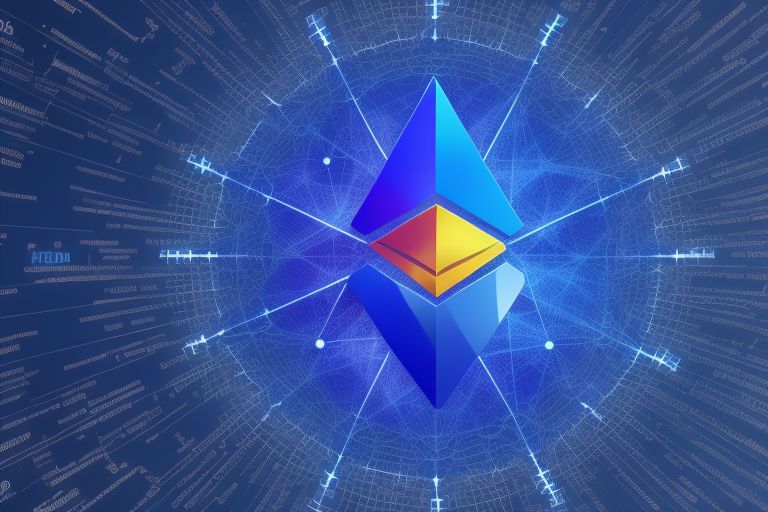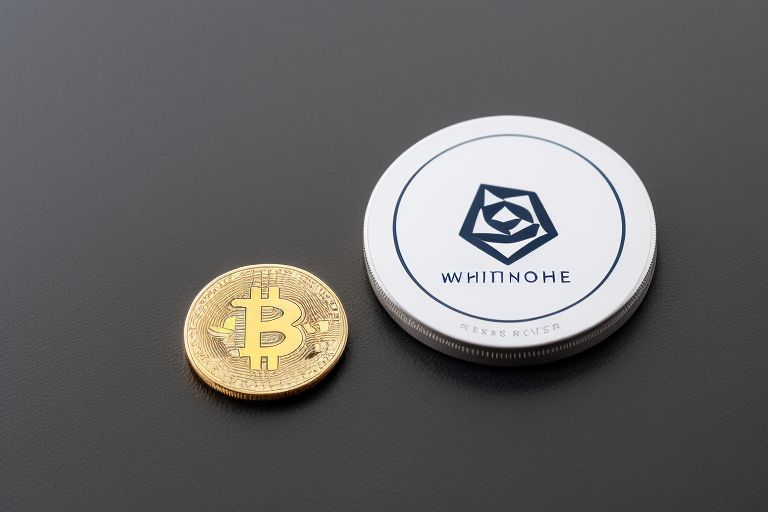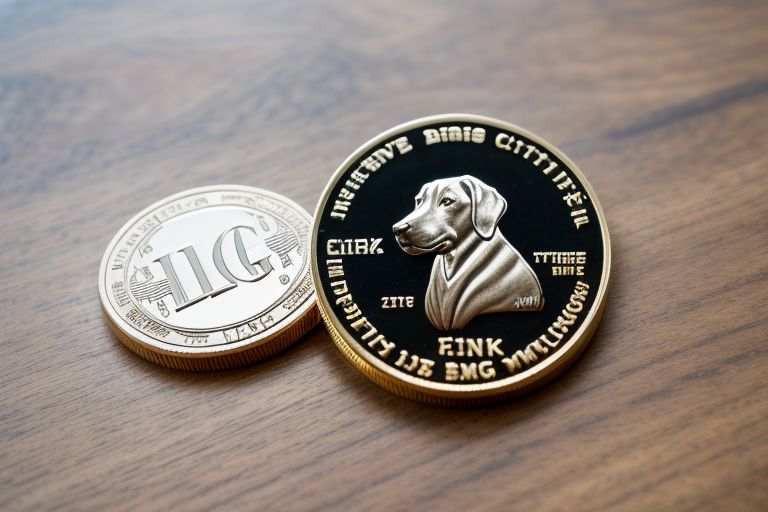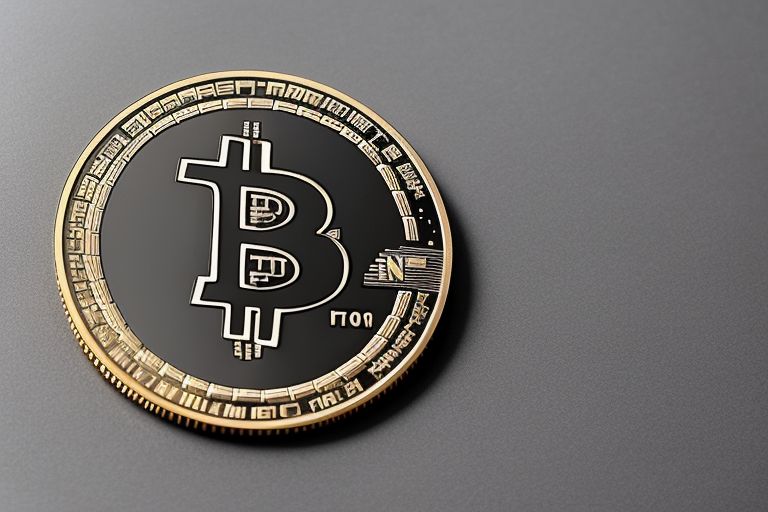Given the fast pace at which the Cryptocurrency market is changing, Ethereum has remained a shining example of the future of the market. Testing its true colors as we near the last part of 2024, the second-largest crypto by market capitalization remains a titan amidst volleys and sprints towards innovations that would revolutionize the future of the digital environment.
The native coin of the Ethereum network is Ether (ETH) and it’s worth making mention of it has been on quite a run lately, with its value rising to $3,500. This is indeed a great rebound from the lows that prevailed during the crypto winter of 2022-2023; which is a testament to the increasing confidence in the Ethereum Blockchain. This has partly been on the back of increased institutional adoption, the continued progress of Ethereum’s transition to proof of stake, and the burgeoning DeFi ecosystem on its blockchain.
Probably the most important event in the year 2024 has been further enhancement and fine-tuning of Ethereum’s network after the historical “Merge” upgrade. The shift from proof-of-work has significantly decreased the network’s power consumption, thus answering to one of the main concerns of opponents of cryptocurrency. Up until now, some of the data that was obtained indicates that Ethereum’s carbon footprint is 99% lower than that of its previous value. nine percent less efficient than the previous proof-of-work algorithm while ranking as one of the most eco-friendly blockchains ever launched.
The lower energy demands have not only impacted the Ethereum’s image positively but have also attracted investors who show concern towards the environmental pollution. Some of the biggest companies in the world continue to unveil their Ethereum-based strategies as the network becomes more environmentally friendly according to them.
Ethereum’s community is growing fast, and new dApps and DeFi platforms can be developed using the Ethereum network. The total value locked (TVL) pledged to Ethereum-based DeFi applications is also at an all-time high and now sits at $150 billion. This growth has been attributed to developments including decentralized exchanges, lending platforms and yield farming and has attracted both retail and institutional investors.
The market of non-fungible tokens or the primary sales of digital assets launched in 2021 and declined in 2022-2023, has revived in 2024 on the Ethereum network. The creators of music, artworks, and labels are utilizing Ethereum’s solid foundation to design and sell exclusive collectible tokens with several record-breaking sales. Entering the new year, NFTs have expanded to new industries, including virtual reality and augmented reality, thereby strengthening Ethereum’s role in the digital world.
Ethereum’s capacity has always been one of its weaknesses; however, the development of layer-2 solutions and the application of sharding bring scalability advances. These improvements have resulted in the overall throughput of transactions per block, as well as, the overall gas charges to make Ethereum even more appealing to many more of its consumers and applications. Currently, the average fee for a single transaction on the Ethereum network is below five cents whereas during some of the congested periods in the past years, the fees were relatively high.
It is, however, worth pointing out that Ethereum’s advances have not eluded the attention of international regulators and policy makers. Some nations have acted to establish better conditions for Ethereum and other digital assets as a tool of development and new industry progress. It has helped create more institutional acceptance; over the years, many large financial institutions, including banks and investments firms have introduced Ethereum products and services.
Of course, Ethereum has many successes, nevertheless, it has many problems and competitors. Other smart contract platforms have also emerged and the are constantly competing for market share with faster transaction speed and lower cost of transaction fees. Nevertheless, Ethereum has so far been capable of preserving its leading roles owing to its first-mover status, a large-devellers community, a vast and rather stable ecosystem.
In the future, Ethereum community has heard plans to enhance the network more so on the aspects of scalability, security, and ease to use. There are future updates that guarantee upgrading Ethereum’s functionality, which may lead to the development of other applications based on this blockchain. The constant evolution of bridging infrastructure as a significant factor in the Ethereum evolution is also seen to support Ethereum communication with other blockchains and the conventional financial environment.
Today, being nine years old, Ethereum is a vivid example of how the ideas of blockchain could change the world. Originally, it was an application that supported decentralized application developments and is now evolving into a worldwide network, which supports billions of economy. ETH seems to be in good standing as to continue influencing the future finance and technology with the backing of constant technical evolution, expanding ecosystem, and rising mass acceptance.





















+ There are no comments
Add yours